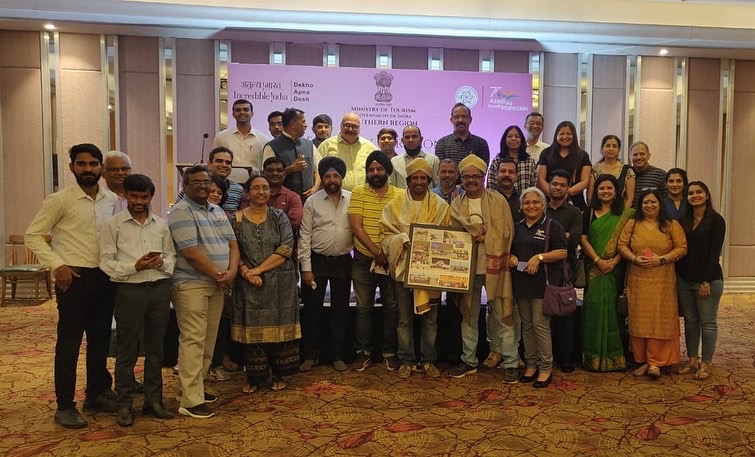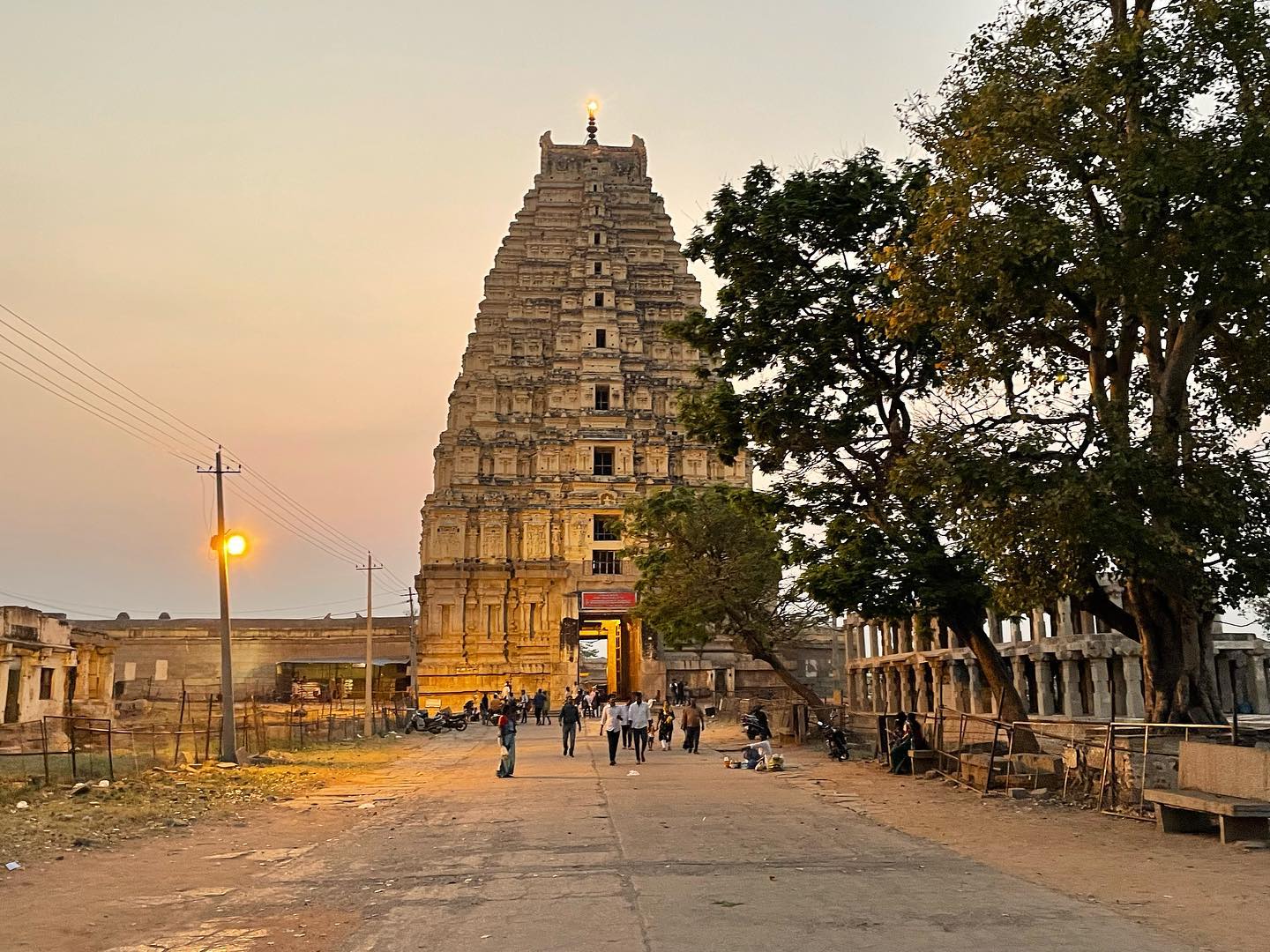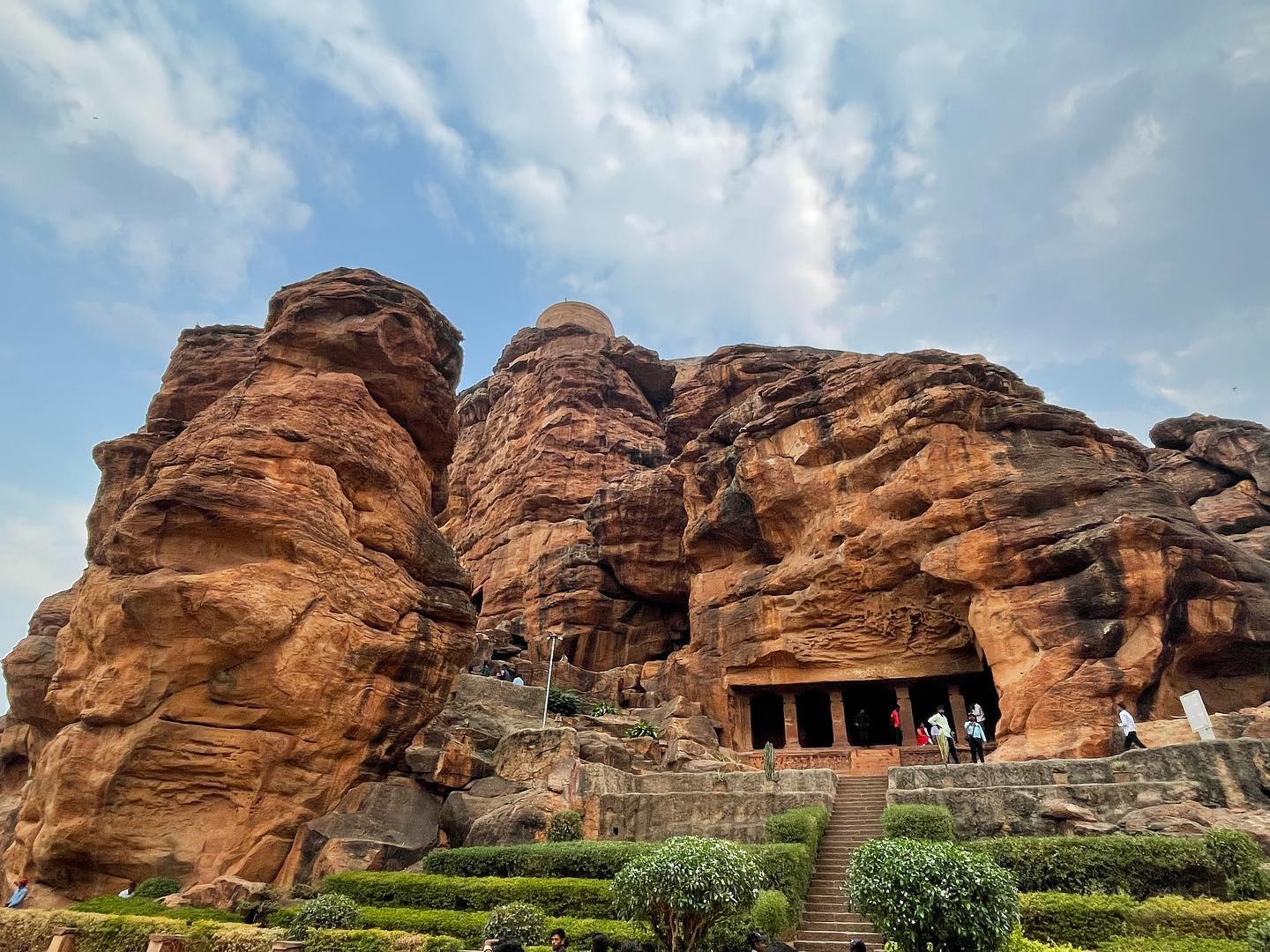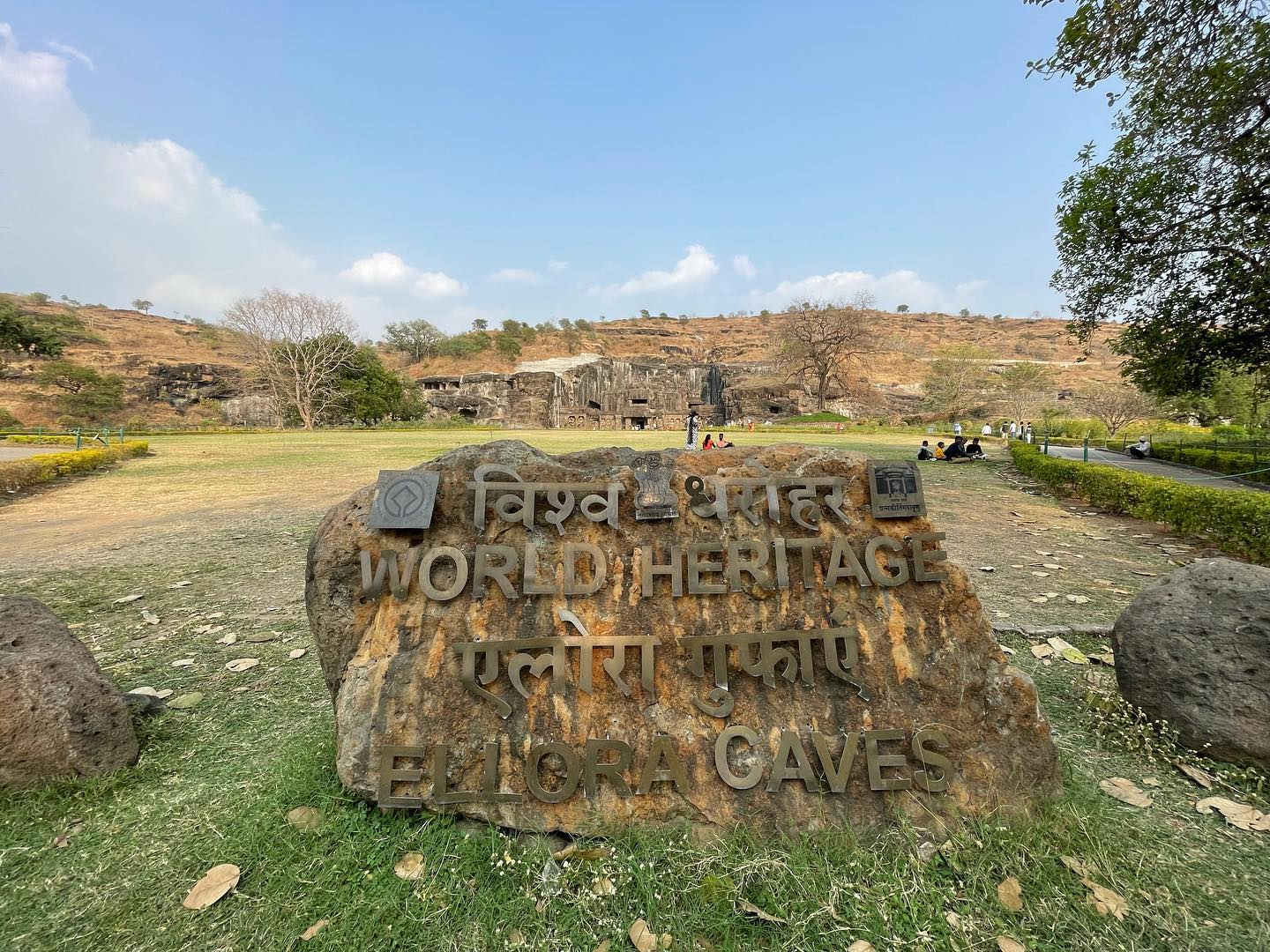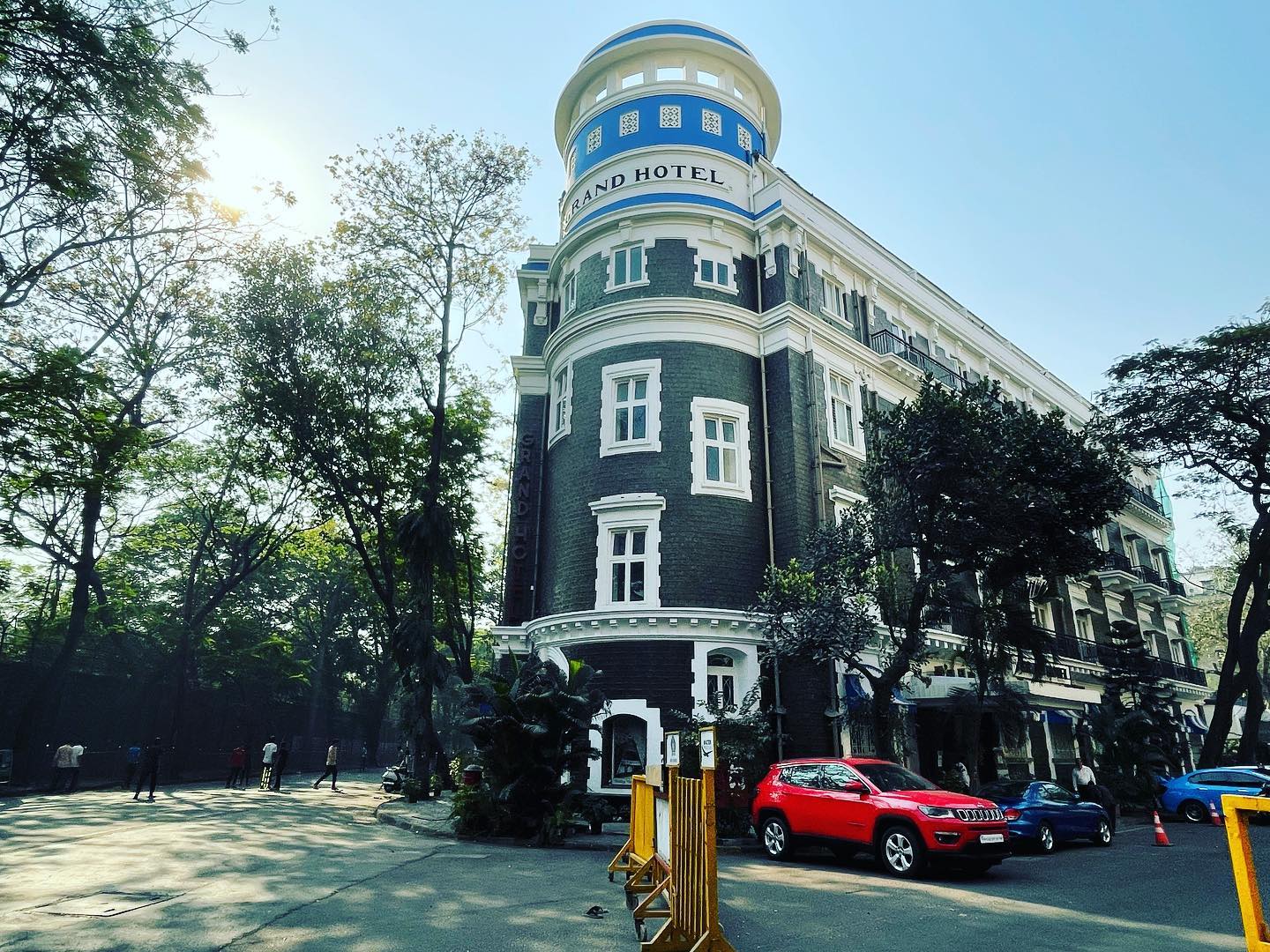25th December, 2021 – 27th December, 2021
Popularly referred as the ‘Switzerland of the East’, for its unimaginable beauty, Nagaland is the official address for a lot of aboriginal tribes. Every tribe living in this region celebrates their own festivals passed along from generation to generation by their antecedents, which they observe and celebrate with absolute zeal and devotedness.
Kohima is called the land of the Angami Naga tribe and derives its name from ‘Kewhira’ or ‘Kewhima’, meaning the land where the Kewhi flower grows.Set against the backdrop of the Japfu mountain range, the city boasts a rocky terrain and many scenic trails that are ideal for adventure-lovers and thrill-seekers. The Japfu Peak, the second highest in the state (3,048 m), is a trekking paradise as it offers one of the most challenging treks in the region that takes you through picturesque routes. Tourists can also indulge in mountain climbing and jungle camping.
Hornbill Festival
The best time to enjoy the city is during the internationally renowned Hornbill Festival. It is a week long festival that starts on the 1st December every year. This cultural extravaganza was primarily relaunched to boost inter-tribal fundamental interaction and to elevate the cultural heritage of Nagaland. It is a colorful potpourri of various fetes celebrated throughout the year of about 16 aboriginal tribes of Nagaland.
Traditional Naga morungs and hovels are assembled and put up which simply reflects their ethnical belief in high spirits! Furthermore, the colorful festivity is graced with a ethnical pastiche of Naga wrestling, kids festival, handlooms, ethnical foods, traditional dances and songs, handicrafts, car rally, Konyak fire eating demonstration, pork eating contest, beauty competitions, fashion displays, traditional archery, chilly eating contest and native games. Besides, scrumptious native culinary arts are portrayed and treats that are distinctive to each of the tribes are dished up in their respective Morungs along with the top-quality rice beer.
That is a mosaic of culture, festivities, dance, art, crafts, food and music. The annual jamboree, held in December, sees thousands of footfalls and the city truly comes alive during it.
The festival was primarily relaunched to boost inter-tribal fundamental interaction and to elevate the cultural heritage of Nagaland. Presently, the Hornbill Festival is organized by the State Tourism and Art and Culture Departments of Nagaland. Today, Hornbill Festival of Kohima is regarded as one of the momentous cultural extravaganzas of North East India.
Hornbill Festival is a colorful potpourri of various fetes celebrated throughout the year of about 16 aboriginal tribes of Nagaland. The week long festivities virtually connect the Northeast people as they come together in the same place to show their traditional artistries and craftsmanships.
Traditional Naga morungs and hovels are assembled and put up which simply reflects their ethnical belief in high spirits! Furthermore, the colorful festivity is graced with a ethnical pastiche of Naga wrestling, kids festival, handlooms, ethnical foods, traditional dances and songs, handicrafts, car rally, Konyak fire eating demonstration, pork eating contest, beauty competitions, fashion displays, traditional archery, chilly eating contest and native games. Besides, scrumptious native culinary arts are portrayed and treats that are distinctive to each of the tribes are dished up in their respective Morungs along with the top-quality rice beer.
Places to visit:
1. Japfu Mountain Range
Kohima is set against the backdrop of the Japfu mountain range that is a rocky terrain. Its at a height of 3048 m and is a trekkers paradise
2. Dzulekie
A picturesque village close to Kohima, will give you a feel of rural life of Nagaland With its quaint houses and beautifully laid out stone walkways and surrounded by forests and rice fields. Here you can observe Angami culture through the making of bamboo and cane baskets, weaving of cloth, traditional games and tasting local cuisine. The semi evergreen forests offer opportunities for bird and butterfly watching; nature walks and trekking.
3. Kisama Heritage Village
KISAMA is derived from two villages namely, Kigwema (KI) and Phesama(SA) and MA which means Village, on whose land the Naga Heritage Village is established and commissioned by the State Government of Nagaland. The objective of the Heritage Village is to protect and preserve all the ethnic and cultural artifacts.
It consists of a cluster of sixteen houses of each tribe created in the indigenous typical architectural designs and concepts with significance. The tribal house is also called “Morung or Youth Dormitory”. Colorful life and culture are a vital part of 16 officially recognized Naga tribes. They are different and unique in their customs and traditions.
The Heritage Complex also house a World War II Museum, Bamboo Heritage Hall, Bamboo Pavilion, Kids Carnival, Horti-Scape, Food Courts and Stadium for Live concerts, Naga Idol, Beauty Pageant, Fashion Shows, etc.
4. Kohima War Cemetery
It is a memorial dedicated to soldiers of the 2nd British Division of the Allied Forces who died in the Second World War at Kohima, the capital of Nagaland, India, in April 1944.
Here there are 1420 commonwealth burials and 917 cremations of Hindu and Sikh soldiers. n March 1944, the Japanese 15th Army attacked the British troops stationed in Kohima and Imphal in northeast India with intent to prevent an attack on Burma. In the first week of April 1944, the Japanese attacked at Kohima and Imphal via Mizoram from the Indo-Burma border, to destroy the supply bases of the British. They laid siege on the Allied forces stationed at Kohima and also at Imphal.
Reaching Kohima during April 1944, the Japanese 15th Army occupied a strategic location on Garrison Hill and continually attacked a small contingent of the Commonwealth forces, which successfully held their ground until reinforcements were brought in.
In the battle at the tennis ground (now marked by white concrete lines) of the Deputy Commissioner’s bungalow (which was destroyed during the war), which also involved hand-to-hand fighting between the opposing forces, the Commonwealth forces prevailed over the Japanese forces and forced them to retreat in defeat. There were heavy casualties on both sides. This battle was the turning point for the Allied forces.
In 2013, the British National Army Museum voted the Battle of Imphal and Kohima as “Britain’s Greatest Battle”.
It is called the Stalingrad of the East because it was a decisive turn in World War II.
The epitaph inscribed on this memorial reads:
Here, around the tennis court of the deputy commissioner, lie men who fought in the battle of Kohima in which they and their comrades finally halted the invasion of India by the forces of Japan in April 1944.
When you go home tell them of us and say for your tomorrow we gave our today.





















